Class 10 Science Chapter 12 Practice Question Answers - Magnetic Effects of Current
Magnetic Fields and Magnetic Force
Q.1: Why does a compass needle get deflected when brought near a bar magnet?
Ans: The compass needle gets deflected because the magnetic field of the bar magnet exerts a force on the needle, causing it to align with the field.
Q.2: Draw the magnetic field lines around a bar magnet.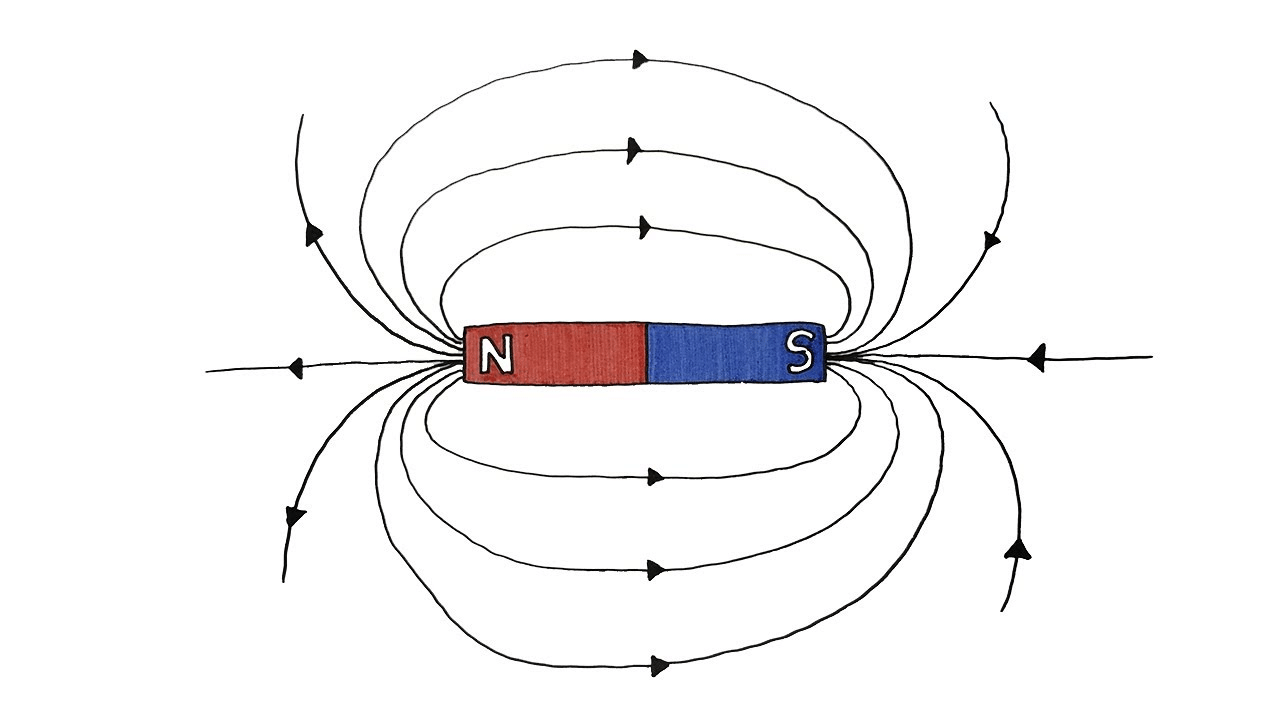
Q.3: List the properties of magnetic lines of force.
Ans: Magnetic lines of force:
- Always form closed loops.
- Never intersect each other.
- Move from north to south outside the magnet, and from south to north inside the magnet.
- The density of lines indicates the strength of the magnetic field.
Q.4: Why don’t two magnetic lines of force intersect each other?
Ans: If they did, it would mean that the magnetic field has two directions at the same point, which is impossible.
Q.5: Consider a circular loop of wire lying in the plane of the table. Let the current pass through the loop clockwise. Apply the right-hand rule to find the direction of the magnetic field inside and outside the loop.
Ans: Inside the loop: Magnetic field points upward. Outside the loop: Magnetic field points downward
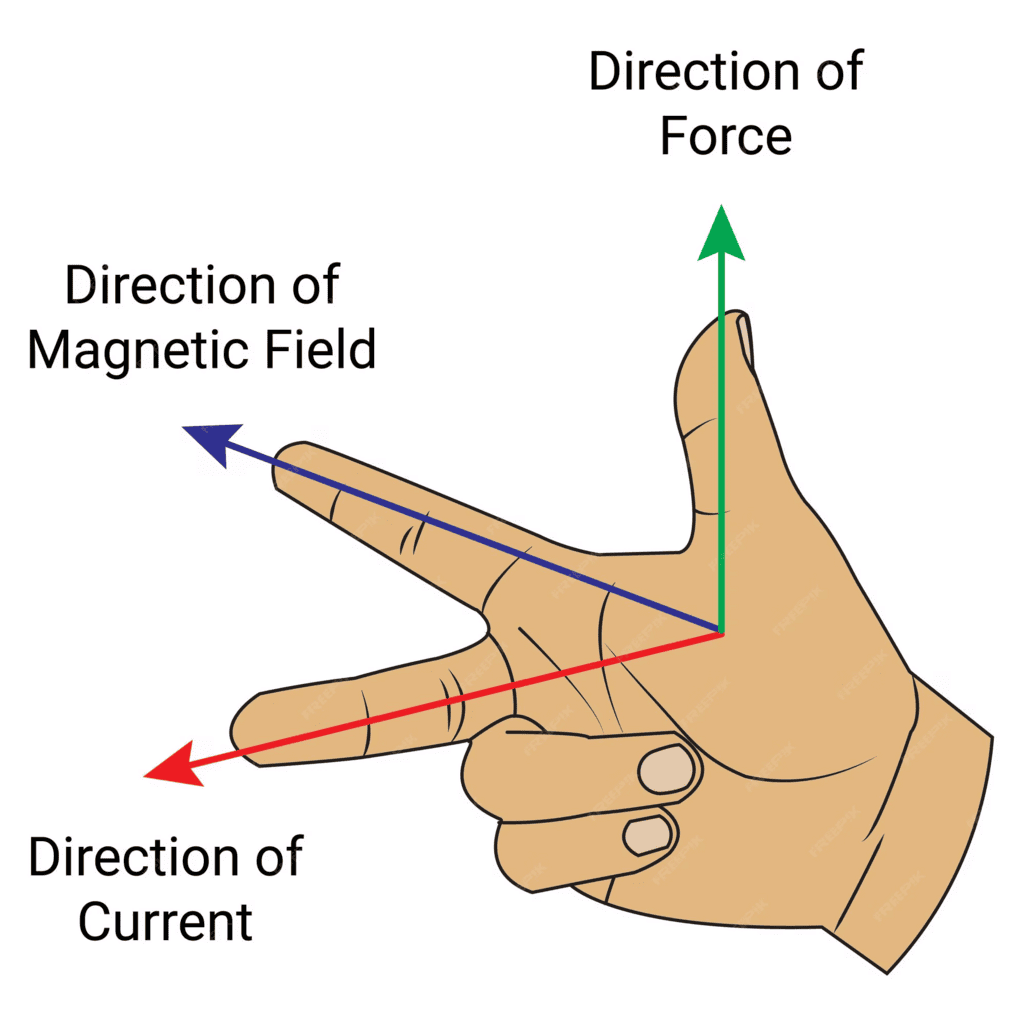
Electromagnetic Induction
Q.6: What is the function of Fleming’s Left-Hand Rule?
Ans: Fleming's Left-Hand Rule helps determine the direction of force experienced by a current-carrying conductor placed in a magnetic field. The thumb represents the force, the forefinger represents the magnetic field, and the middle finger represents the direction of current.
Q.7: Explain the process of electromagnetic induction.
Ans: Electromagnetic induction occurs when a changing magnetic field induces an electric current in a coil of wire.
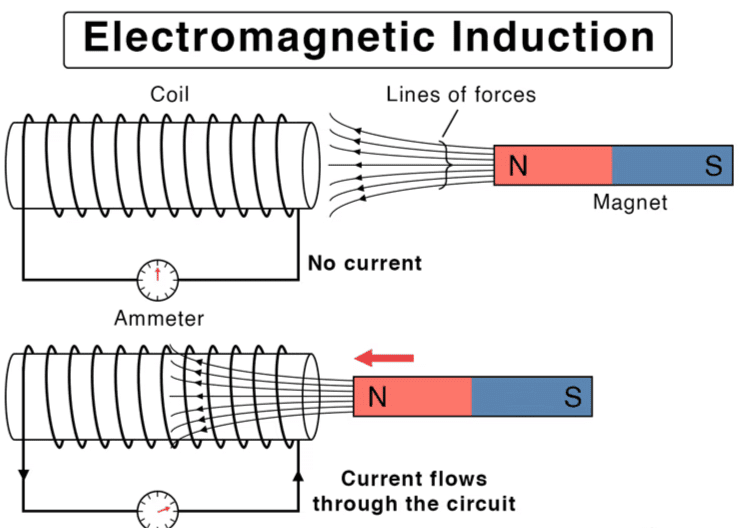
Q.8: What are the methods to induce current in a coil?
Ans: Current can be induced by:
- Moving a magnet in and out of the coil.
- Rotating the coil in a magnetic field.
- Changing the magnetic field around the coil.
Q.9: What is the direction of the magnetic field around a straight conductor carrying current?
Ans: Use the right-hand thumb rule: If you grip the conductor with your right hand, with your thumb pointing in the direction of current, your fingers will curl around in the direction of the magnetic field.
Q.10: How does a solenoid behave like a magnet?
Ans: A solenoid, when current flows through it, creates a magnetic field similar to a bar magnet. The solenoid has two poles, and its field can be made uniform inside. It can be used to magnetize objects placed inside it.
Magnetic Field in Various Configurations
Q.11: What is the magnetic field around a current-carrying circular loop?
Ans: The magnetic field forms concentric circles around the loop, with the field lines becoming straight and parallel at the center of the loop.
Q.12: What happens to the magnetic field in a solenoid when the number of turns of the coil increases?
Ans: The magnetic field becomes stronger as more turns are added to the solenoid because the magnetic fields of each turn add up.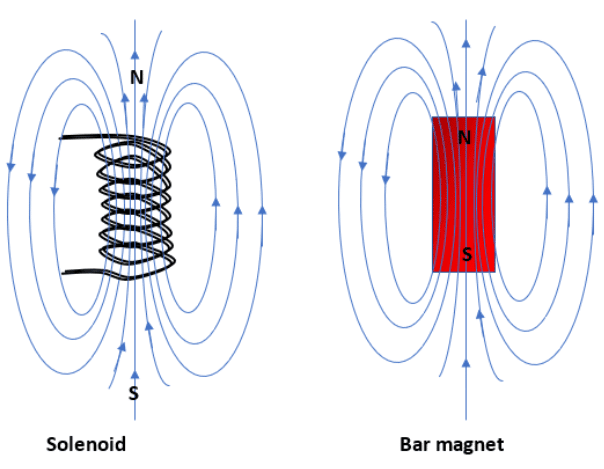
Q.13: Explain the difference between the magnetic fields of a solenoid and a bar magnet.
Ans: The magnetic field of a solenoid is similar to a bar magnet, with clear north and south poles. However, the magnetic field inside a solenoid is more uniform compared to that of a bar magnet.
Q.14: What happens to the magnetic field when the current through a solenoid is reversed?
Ans: The poles of the solenoid reverse, making the previously north pole become south and vice versa.
Questions on Magnetic Force and Applications
Q.15: When is the force experienced by a current-carrying conductor placed in a magnetic field the largest?
Ans: The force is largest when the current is perpendicular to the magnetic field.
Q.16: State the rule to determine the direction of the magnetic field produced around a straight conductor carrying current.
Ans: Use the right-hand thumb rule: The thumb points in the direction of current, and the curled fingers show the direction of the magnetic field around the conductor.
Q.17: What is the direction of the force on a current-carrying conductor placed in a magnetic field?
Ans: The direction of the force is given by Fleming’s Left-Hand Rule, where the thumb points in the direction of the force, the forefinger points in the direction of the magnetic field, and the middle finger points in the direction of the current.
Q.18: What is the function of an earth wire? Why is it necessary to earth metallic appliances?
Ans: The earth wire provides a safe path for the current to flow into the ground, preventing electric shocks from faulty appliances. It is necessary for safety, especially for metallic appliances.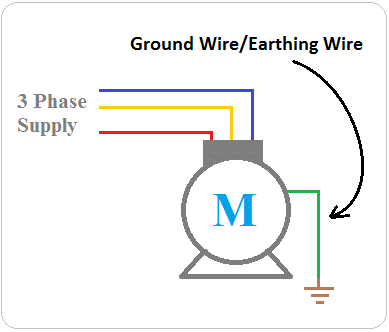
Domestic Electric Circuits and Safety
Q.19: What precaution should be taken to avoid overloading of domestic electric circuits?
Ans: Ensure that the total current drawn by all appliances does not exceed the current rating of the circuit. Use appliances that match the circuit’s voltage and current rating, and avoid using multiple high-power appliances on the same circuit.
Q.20: Which sources produce alternating current (AC)?
Ans: Sources of AC include power stations and AC generators.
Q.21: Which sources produce direct current (DC)?
Ans: Sources of DC include batteries, solar cells, and fuel cells.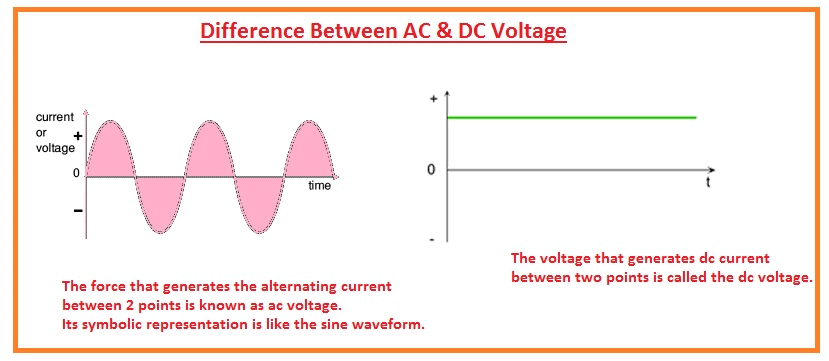
Q.22: What is the purpose of a fuse in an electric circuit?
Ans: A fuse protects the circuit and appliances by breaking the circuit when the current exceeds a safe limit, preventing damage from overcurrent or short circuits.
Additional Conceptual Questions
Q.23: What is the role of a magnetic field in medical imaging?
Ans: A magnetic field is used in Magnetic Resonance Imaging (MRI) to obtain detailed images of the internal structures of the body, which helps in medical diagnosis.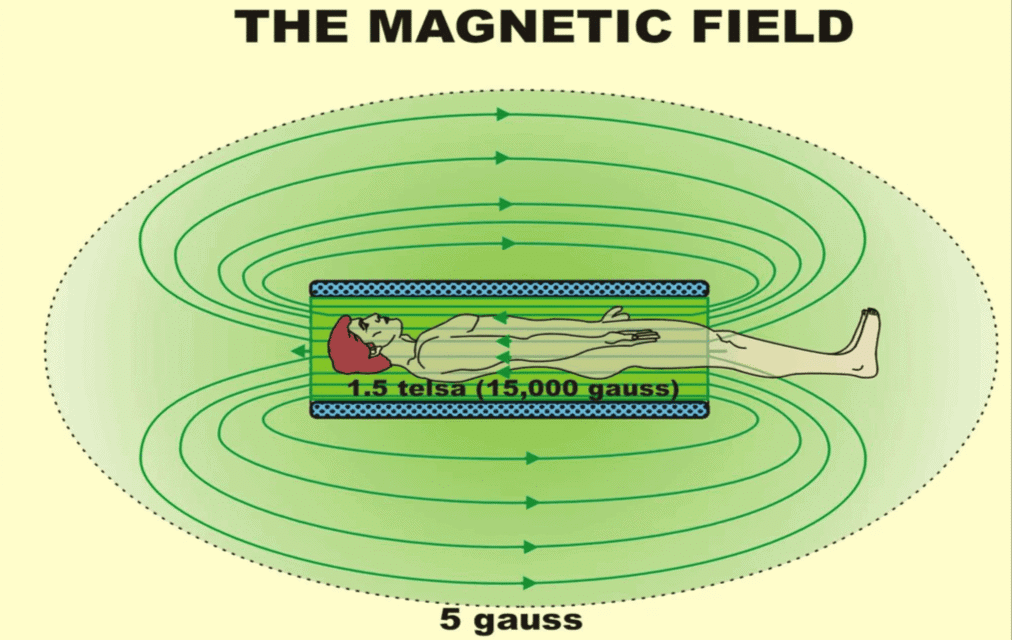
Q.24: What is an electromagnet and how is it created?
Ans: An electromagnet is created by winding a coil of insulated copper wire around a soft iron core. When current flows through the coil, it generates a magnetic field, making the core magnetic.
Q.25: How does the magnetic field affect the motion of charged particles?
Ans: A magnetic field exerts a force on moving charged particles, causing them to move in a circular or spiral path depending on the direction of the field and current.
|
80 videos|662 docs|80 tests
|
FAQs on Class 10 Science Chapter 12 Practice Question Answers - Magnetic Effects of Current
| 1. What is the magnetic effect of current? |  |
| 2. How is the magnetic effect of current related to electromagnetism? |  |
| 3. How can the direction of a magnetic field produced by a current-carrying conductor be determined? |  |
| 4. What is the difference between a permanent magnet and an electromagnet? |  |
| 5. How is the magnetic effect of current used in everyday life? |  |






















